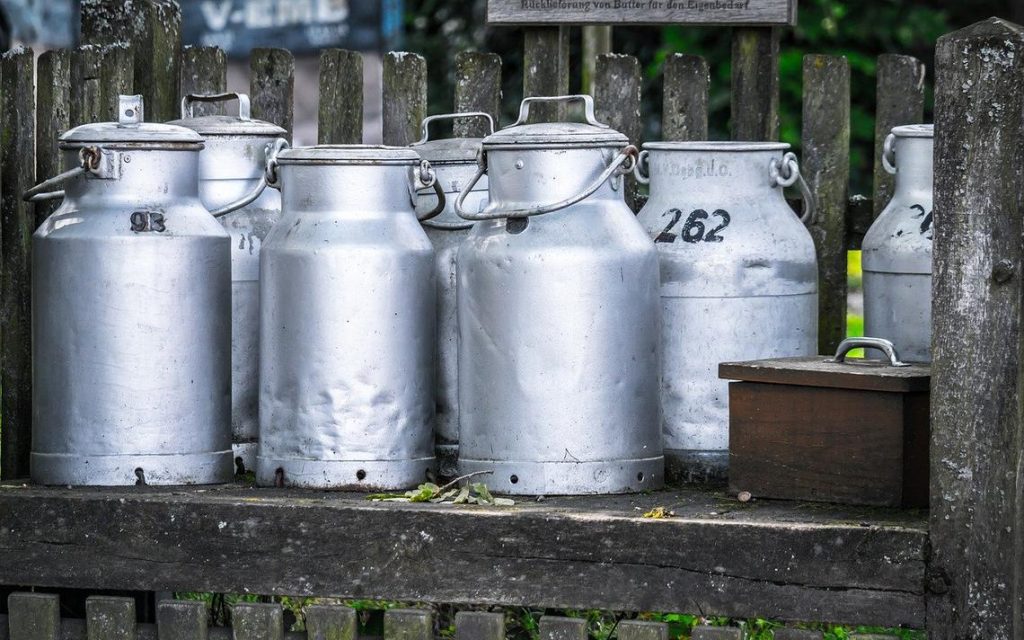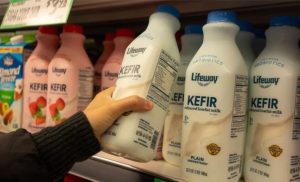Grade B dairies, in the 1960s when there were far fewer Grade A operations, were still subject to annual inspections. Unless chickens roosted in the barn and other violations were readily apparent, inspectors seldom were overly strict. However, an inspector’s visit caused worry, should a failing grade be received.
Standards, in the 1960s, were much looser than even in the 1990s, when the difference between fluid milk and production destined for cheese and other products were tightened. Fifty percent of Grade B dairies were concentrated in Minnesota and Wisconsin at that time. When regulations were tightened, Grade B owners had to make a difficult decision — either upgrade facilities or quit.
At the time, the government estimated that it would cost between 15 cents to 25 cents per hundredweight to upgrade, an estimate that many Grade B producers thought was unrealistic.
Dad — who was often unwilling to adapt to new technology — switched from canned milk to a bulk tank in the 1960s. He had hummed and hawed for weeks before deciding, which meant the bulk tank salesman made several farm visits before gaining Dad’s signature. Not enough money was left for a pipeline or even a step saver, which meant pails were used to lug milk to the bulk tank, where it was strained.
Dad liked that job, provided his youngest son agreed to listen to Minnesota Twin ballgames or polka music, which he felt made cows more comfortable and hence more productive. Rock ’n’ roll grated on his nerves and just as importantly on the cows’ nerves. Scientists of today say that soothing music is best for cows, although few producers then or now listen to the classical music of Bach or Beethoven. Recent studies find that the most popular music played in today’s barns is Latin Music or Country Western.
Other changes to our dairy operation soon followed. The shallow well that was adequate for a smaller livestock herd failed, so a deep well was drilled. In the latter part of the 1960s, we had wearied of the cow yard, which turned to a sea of mud in spring.
It was decided, shortly after the Minnesota Vikings started exhibition play in August, that the yard would be cemented. A mixer was borrowed and Portland cement, in bags which were much heavier and clumsier than their weight suggested, purchased. Gravel and sand, rebar, wheelbarrows, trowels, a level or three, a garden hose and tape measures were rounded up. Forms — built strong and held together by stubborn-to-remove pole barn nails —were constructed and secured with wood stakes pounded into the ground.
One person was charged with overseeing the mixing of the cement, while others steered unwieldy wheelbarrows to their dumping destinations. There was good reason to be feel proud when the work was finished. Initials, that we thought might last forever, were carved in the hardening cement.
Other improvements followed — free-stall barn was added along with a 60-foot silo, which eventually included an unloader. We never became a Grade A operation, and when an older brother married, the herd was divided in two.
I recently drove past the former homestead. The silo has stood empty now for 30 years. The barn houses goats, and the pasture where our cows grazed is mostly unused.
Progress can be sad as it is positive. A drive through the countryside shows that many of the barns and nearly all the dairy cows that families took pride in are mostly gone. Herd size has skyrocketed while the positive impact numerous small dairies had on small, rural communities is gone.
Dairy producers, both big and small, have gone through the financial wringer in recent years. Milk consumption, despite the determined promotional efforts of the industry, wanes in the face of severe competition.
However, dairy products remain essential in healthy diets. “Milk does a body good’’ — a promotional slogan that began in the 1980s — still rings true.













